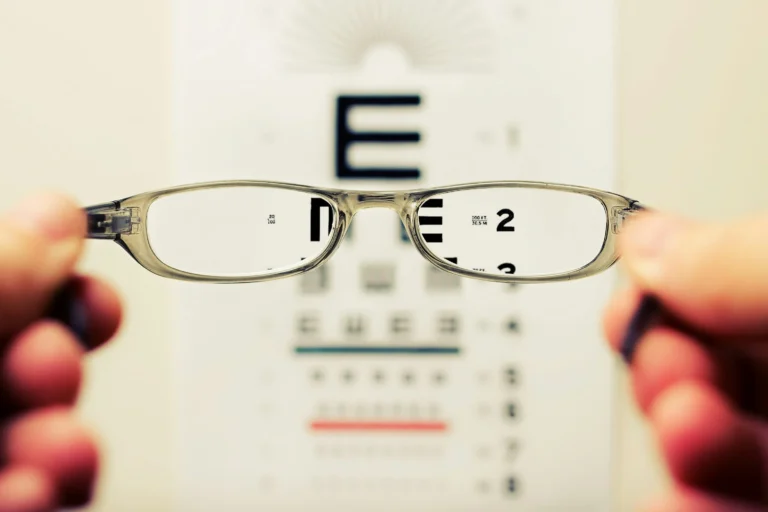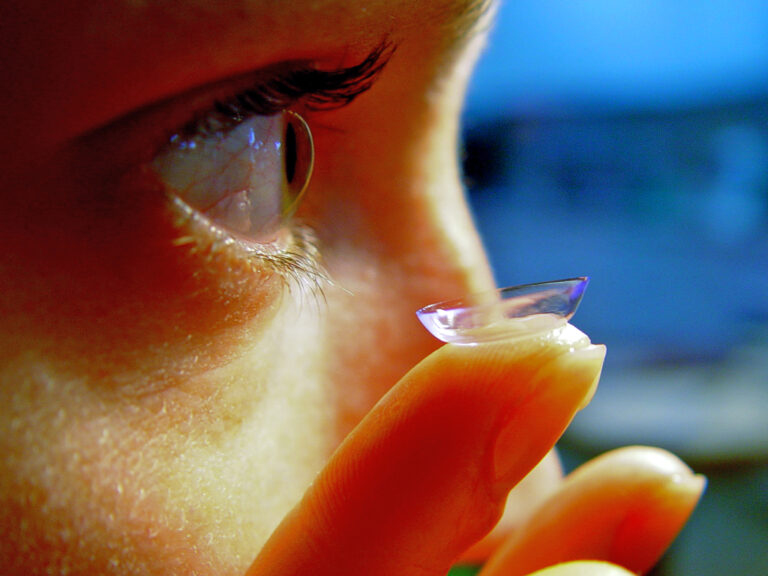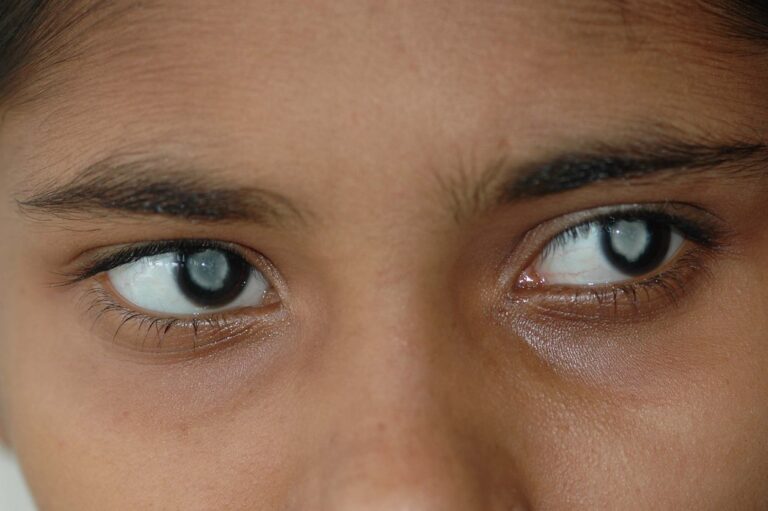4 Materials That Go Into Eyeglass Lenses

Specialized materials form the foundation of eyeglass lenses and address a range of vision needs. Each material offers unique advantages, such as durability, lightness, and optical clarity, enabling eyeglasses to match a variety of preferences and lifestyles. Four common materials dominate the selection of eyeglass lenses, each providing distinct benefits to help you make an informed choice.
Plastic (CR-39) Lenses
People have relied on plastic, or CR-39, lenses in eyewear since manufacturers introduced them. These lenses attract wearers with their affordability and light weight, continuing to serve as a popular everyday choice in many types of eyeglasses. Although the name “plastic” may sound generic, CR-39 lenses deliver good optical clarity.
Compared to other materials, CR-39 lenses come in thicker profiles, so they may not appeal to individuals who need high prescriptions. Many people choose them because they strike a balance between performance and cost. CR-39 lenses also resist scratches better than earlier plastics, providing a practical solution for budget-conscious individuals.
Polycarbonate Lens Material
Polycarbonate lenses are highly regarded for their impressive durability and lightweight structure. These lenses are often recommended for children and those who engage in active lifestyles. Some key features of polycarbonate lenses include:
- Impact Resistance: Polycarbonate is far more shatter-resistant than traditional plastic, making it an excellent choice for safety or sports glasses.
- Lightweight Design: The material’s low density provides a comfortable fit, even for all-day wear.
- UV Protection: Polycarbonate lenses naturally block harmful ultraviolet (UV) rays, adding an extra layer of protection without requiring additional coatings.
These qualities make polycarbonate lenses a versatile option for a wide range of eyewear needs.
Trivex for Clear Vision
Trivex lenses are a newer option in the world of eyewear, offering a similar array of benefits to polycarbonate but with enhanced optical properties. Developed primarily for military use, Trivex has gained popularity among those seeking clarity and strength. The standout feature of Trivex is its superior optical precision, providing clear, distortion-free vision. Like polycarbonate, it is lightweight and impact-resistant, making it a practical choice for individuals requiring both durability and high performance. Though slightly more expensive than polycarbonate, many think of Trivex as an investment for long-term use.
High-Index for Thin Lenses
High-index lenses are specifically designed for individuals with strong prescriptions. These lenses allow for significant weight and thickness reductions without compromising performance. Here’s why they stand out:
- Thinner Profile: High-index materials bend light more efficiently, meaning less material is needed to achieve the same corrective effect.
- Lighter Weight: The reduced thickness contributes to a lighter, more comfortable pair of glasses.
- Aesthetic Appeal: Their slim design minimizes the “coke-bottle effect,” making them visually appealing for wearers with high prescriptions.
High-index lenses are available in various levels of refractive index, providing customization based on each individual’s prescription and priorities.
Choose the Right Eyeglasses for You
Selecting the best material for your eyeglass lenses depends on several factors, including your prescription strength, lifestyle, and budget. While CR-39 lenses balance cost and performance, polycarbonate and Trivex provide enhanced safety and durability. High-index lenses offer a sleek, lightweight option for strong prescriptions. Understanding these materials can make it easier to collaborate with your eye care professional in creating eyeglasses that suit your unique needs.
- What to Expect When Visiting a Foot and Ankle Specialist
- Causes of PTSD
- The Link Between Plantar Fasciitis and Weight Gain: What You Need to Know
- How Pet Ownership Can Positively Impact Life with Fibromyalgia
- The Importance of Stretching and Flexibility in Sports Medicine
Dr. Emma Green is a health and wellness expert with over 10 years of experience in nutrition and fitness. Passionate about helping others live their healthiest lives, Dr. Green shares practical advice on wellness, nutrition, and sustainable living through LivingSpristine.






